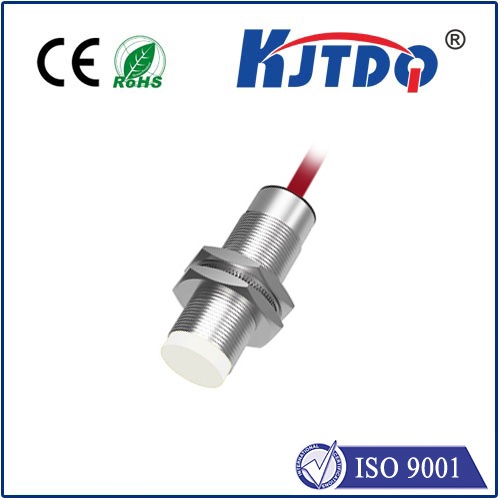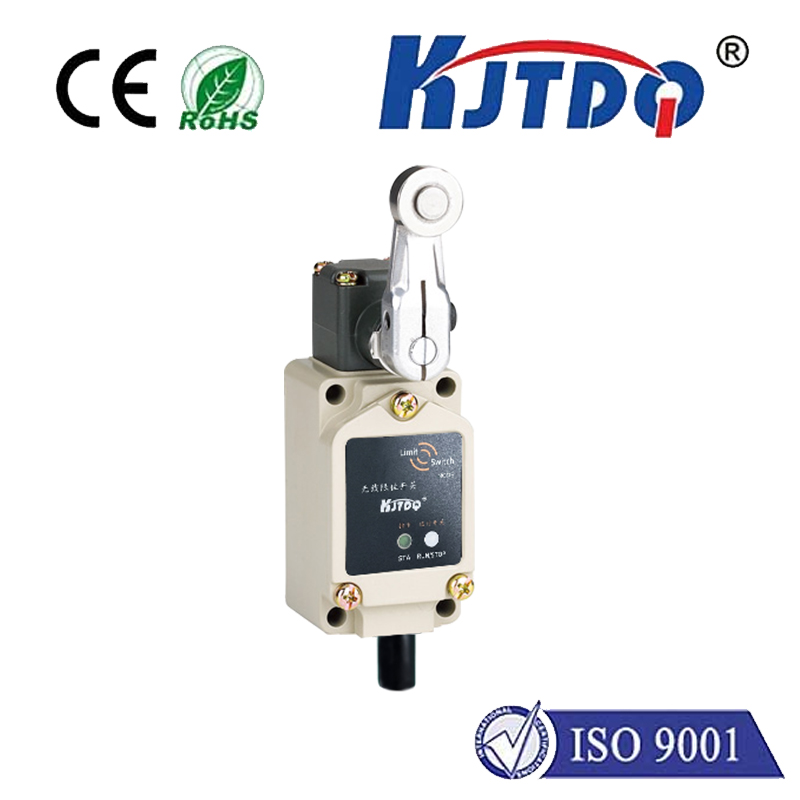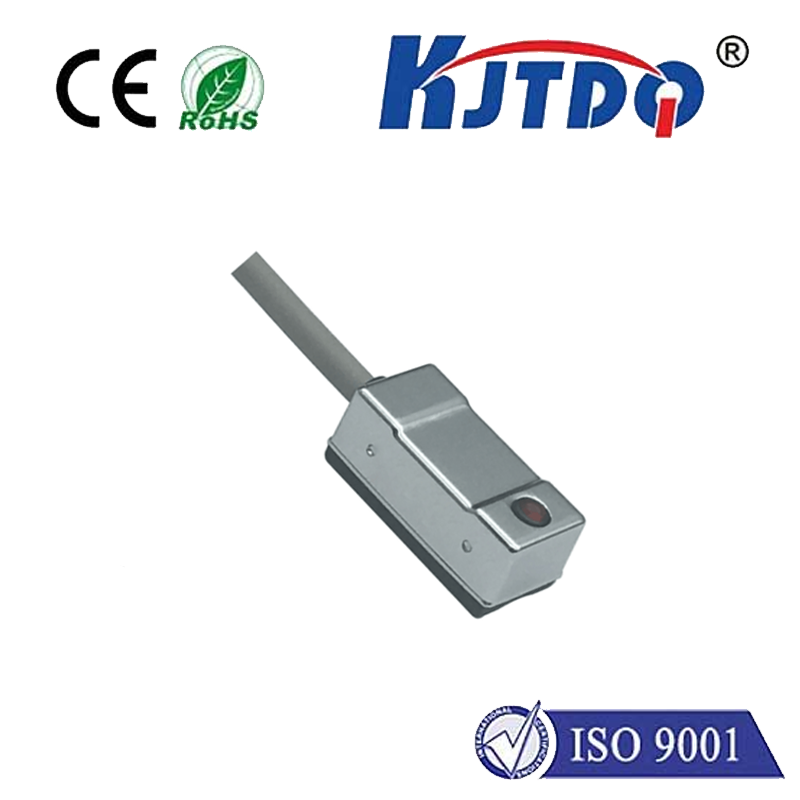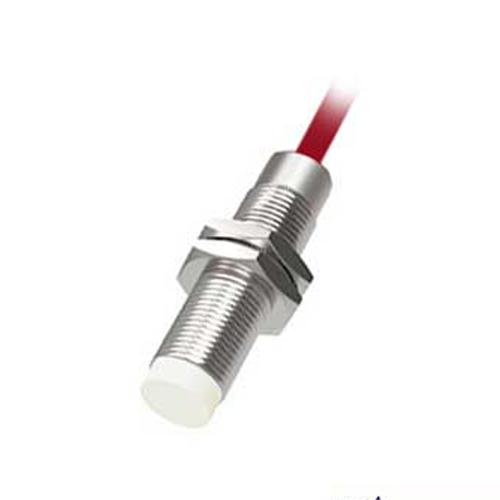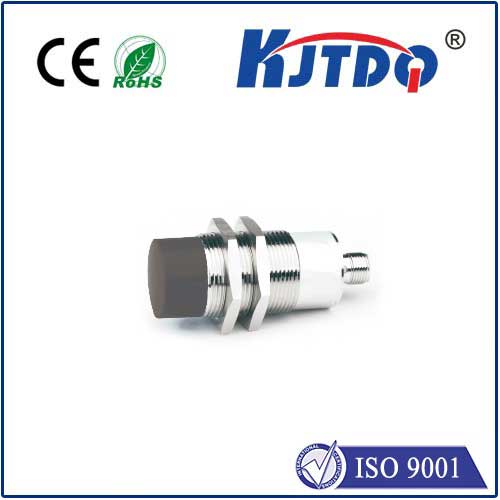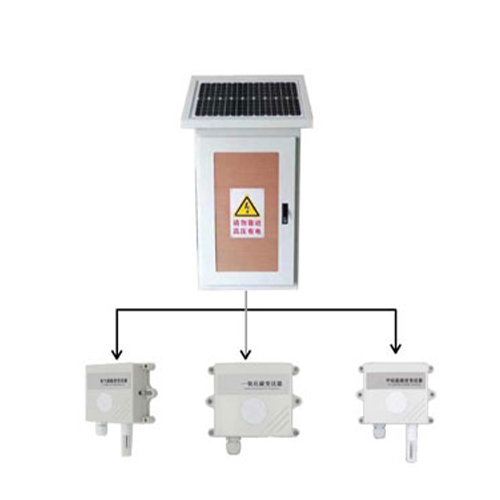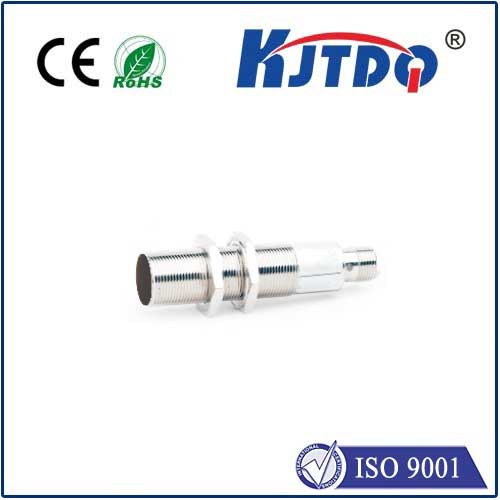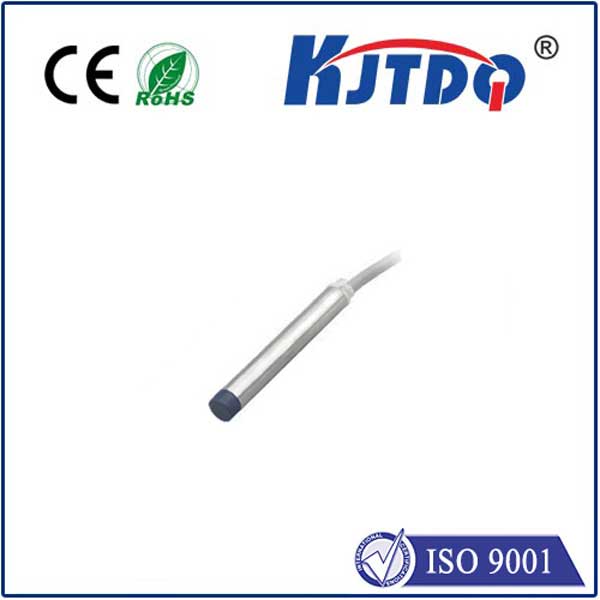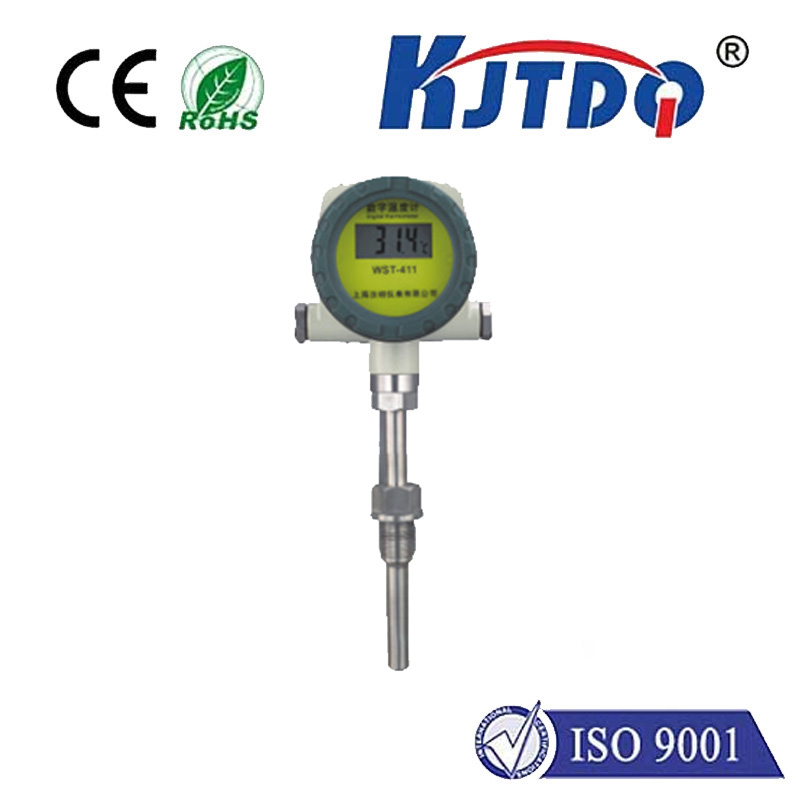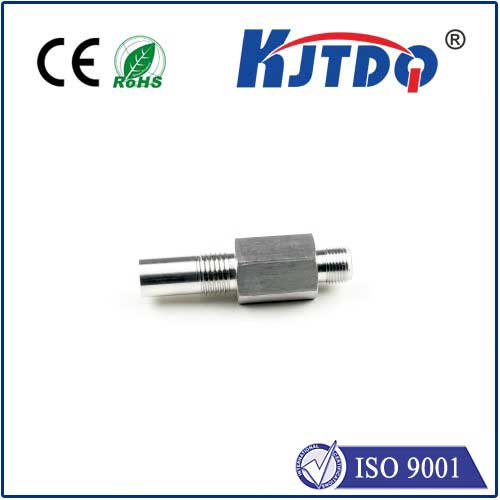

check

check

check

check

check

check

check

check

check

check
Introduction:
The advent of tiny proximity sensors has ushered in a new era of innovative solutions to real-world problems. These miniature devices, which are designed to detect and measure the distance between two objects, have found widespread applications in various fields such as robotics, automotive industry, healthcare, and security. In this article, we will explore the remarkable capabilities of these tiny sensors and their impact on our daily lives.
Section 1: The Power of Tiny Proximity Sensors
Despite their small size, tiny proximity sensors possess incredible accuracy and sensitivity. Using advanced algorithms and microelectromechanical systems (MEMS), these sensors can detect the presence or absence of objects with high precision, even from great distances. This makes them ideal for tasks that require precise positioning, tracking, and detection. For example, in robotics, tiny proximity sensors can be used to guide robots towards obstacles or navigate through complex environments. In the automotive industry, they can help improve safety by detecting pedestrians or other vehicles on the road. In healthcare, they can be used to monitor patient vital signs and remind them to take medication. In security, they can be employed to detect unauthorized entries into a building or monitor public spaces for potential threats.
Section 2: Applications of Tiny Proximity Sensors
The potential applications of tiny proximity sensors are virtually limitless. One area where they have already made significant contributions is in the Internet of Things (IoT). By integrating these sensors into smart home appliances and devices, homeowners can now control their lighting, temperature, and security systems remotely through their smartphones or voice assistants. In addition, businesses can use tiny proximity sensors to optimize their supply chain management by tracking inventory levels and predicting demand. In the field of environmental monitoring, these sensors can be used to gather data on air quality, soil moisture, and weather patterns, enabling researchers to better understand and respond to climate change.
Section 3: Challenges and Opportunities
Despite their numerous benefits, there are also some challenges associated with the use of tiny proximity sensors. One major concern is privacy and security. As these sensors become more prevalent in our daily lives, there is a risk that they could be exploited by malicious actors to track our movements or collect sensitive information. To address this issue, developers must ensure that these sensors are encrypted and securely integrated into their products. Another challenge is the complexity of integrating these sensors into existing systems. Because they operate on different frequencies than traditional sensors, it requires specialized knowledge and expertise to design interfaces that work seamlessly with them. However, as the technology continues to evolve and mature, these challenges are expected to be overcome.
Conclusion:
Tiny proximity sensors represent a major breakthrough in sensor technology, offering unparalleled accuracy, sensitivity, and versatility. Their applications are limited only by our imagination and creativity. As we continue to develop new uses for these sensors, we can expect to see significant improvements in various industries and sectors. From enhancing our homes and workplaces to improving our understanding of the natural world, tiny proximity sensors are set to revolutionize the way we monitor our environment and live our lives.
